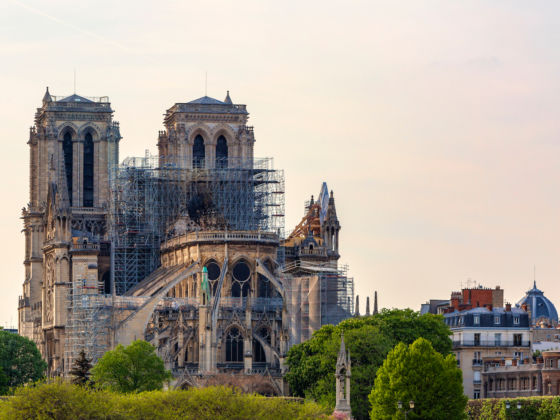Restoration efforts of Paris’ fire-damaged Notre Dame cathedral have been delayed due to concerns over lead poisoning. When the cathedral’s roof and spire melted in the blaze on April 15, lead particles were released and resulted in high levels of contamination throughout the church, the front square, and surrounding streets. Although initially authorities underestimated the threat of lead contamination, it has been reported that levels in the area were 500 to 800 times higher than what is considered safe.


Lead Poisoning Concerns Delay Notre Dame Restoration
AP reported that Paris’ regional health agency tested 162 children residing or attending school near Notre Dame for lead poisoning. Reportedly, one boy is actively at-risk, requiring further monitoring, while 16 others are being monitored as a cautionary measure. Authorities have declined locals’ requests to cover the cathedral structure in protective cladding, for the purpose of containing the lead particles, claiming it would be too immense an undertaking.
They have, however, started a deep decontamination effort to remove all harmful substances from schools and neighborhoods in the area. Workers now wear protective gear and are spraying streets with high pressure water jets filled with chemical agents, and spreading gel meant to absorb the lead on various public surfaces. All schools affected will be decontaminated before children go back to school in September.
Restoration efforts had originally been scheduled to resume this week, but have now been delayed until August 19.